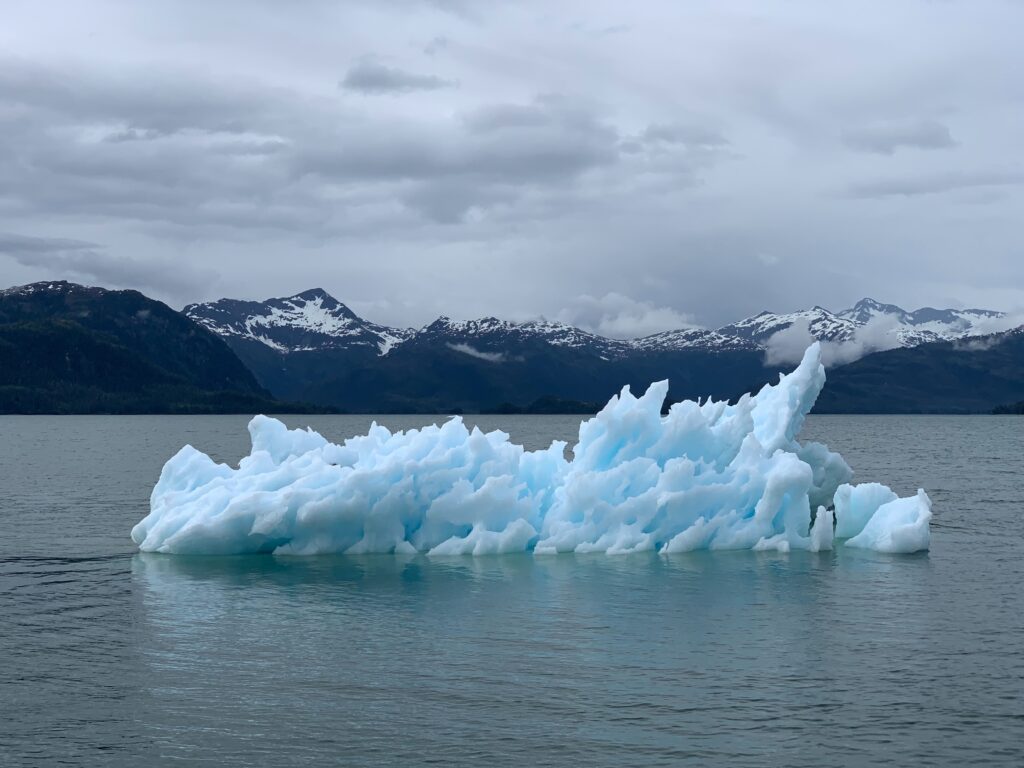Government needs to address rising sea levels
3 min read
Peppersack smiling after qualifying for the Paralympic team. | Joey Peppersack
by WILL HACKETT
Staff Writer
About a third of the United States population lives in coastal counties, according to the Union of Concerned Scientists. That is roughly 100 million people. These people are at risk to lose their homes, workplaces and their livelihood if sea levels continue to rise at an alarming rate, and governments need to act quickly before it is too late.
According to the EPA, “After a period of approximately 2,000 years of little change, global average sea level rose throughout the 20th century, and the rate of change has accelerated in recent years.”
Coastal areas are at a high risk for amplified storm surges, shoreline erosion and even permanent loss of land to the sea. As sea levels continue to rise, it could lead to the destruction of billions of dollars in property and force people living on the coast inland. This would lead to overpopulation and overcrowding.
According to an article released on April 8, 2021 in the journal Geophysical Research Letters, a third of the Antarctic ice shelf could collapse as global temperatures continue to rise. In this new study, scientists found that “if Earth’s global temperature rises to 7.2 degrees Fahrenheit (4 degrees Celsius) above pre-industrial levels, about 193,000 square miles (500,000 square kilometers) of the Antarctic ice shelves could collapse into the sea.” If this ice shelf were to fall into the sea, glaciers being held back by this ice sheet would be more susceptible to falling into the sea as well. This ice would then melt and contribute to the rising sea levels around the globe.
Global warming is the greatest cause of sea level increase. Human activities such as burning fossil fuels and coal, along with cutting down a major part of tropical rainforests, have caused the planet to warm at a much faster rate than it normally would.
Land ice, glaciers, ice caps and ice sheets are melting at a much faster rate due to global warming, and the melting water directly leads to rising sea levels.
Trying to stop the rise of Virginia’s sea level has already cost the government billions of dollars. The sea level around Hampton Roads, Va. has risen 14 inches since 1950 and continues to increase every year according to Sealevelrise.org. Hampton Roads is second to New Orleans as the largest population center at risk from sea level rise in the United States. Hampton Roads is home to Naval Station Norfolk and many homes and businesses. These homes and businesses already have over 45,000 properties at risk due to tidal flooding. The state of Virginia is planning to spend over $4 billion on sea level prevention measures, including stormwater and sewage system protection projects.
Virginia is not the only state that is having to figure out temporary fixes to the rising sea level. More than 90 U.S. coastal cities are experiencing chronic flooding, and that number is expected to double by 2030 according to the World Economic Forum.
Cities across the U.S. and the world are being forced to take extreme measures to keep sea water out. Many realize the need to minimize their carbon footprint, but for some of them it is too late. Some cities have implemented engineering projects such as sea walls and barriers and water pumps that have overflow chambers to keep water out. Some cities are creating wetlands to be a place for excess water to flow. The last resort option is retreating and leaving part of their city to the elements. This is a last option and only a few nations around the world including Kiribati, Tuvalu, the Marshall Islands and the Maldives have had to do this.
Everyday people are needed to fight climate change and slow the rise of sea levels to a manageable amount and it starts with small changes. It is important to educate people on climate change issues so they can understand the risks that they could be facing in the future.
“While I think individual action is a good step in combating climate change, the most important thing is to educate others and inspire change in our communities,” said Trevor Gunn, a senior geology major.
Senior geology major Madelyn Wigley also weighed in on possible solutions.
“Working on lobbying for cleaner practices could help reduce CO2 in a major way which will help slow the rise in sea levels,” said Wigley.
For some cities, it’s already too late, but reducing our carbon footprint can still save coastal cities around the world.











